Understanding the VR-210 Disability Application Form
The VR-210 form is provided by the Maryland Motor Vehicle Administration (MVA) for individuals with disabilities to apply for parking placards or license plates. It is available for download as a PDF and can be submitted online, by mail, fax, or in-person. The form requires specific medical certification and personal details to verify eligibility. Proper completion ensures timely processing and issuance of disability parking privileges.
Purpose of the VR-210 Form
The VR-210 form is designed to enable individuals with disabilities to apply for parking placards or license plates that allow them to use designated disability parking spaces. It serves as the official application for Maryland residents seeking disability parking privileges. The form requires certification from a licensed physician to verify the applicant’s eligibility based on their medical condition. This ensures that only those with legitimate needs can access these parking accommodations. By completing the VR-210, applicants can obtain the necessary credentials to park in reserved spaces, promoting greater mobility and accessibility. Proper submission of this form is essential to avoid delays in processing.
Eligibility Criteria for Disability Parking Placards
To qualify for a disability parking placard, applicants must meet specific criteria outlined by the Maryland Motor Vehicle Administration (MVA). Eligibility is based on medical conditions that significantly impair mobility, such as paralysis, arthritis, or severe respiratory issues. The applicant must have a permanent or temporary disability that limits walking distances or causes difficulty in mobility. A licensed physician must certify the applicant’s condition on the VR-210 form. Temporary disabilities may qualify for short-term placards, while permanent conditions may receive long-term permits. The MVA reviews each application to ensure the applicant meets the legal standards for disability parking privileges, ensuring fair access to these accommodations.

Steps to Complete the VR-210 Application
Download the VR-210 form, complete all required sections, obtain physician certification, and submit the application via online, mail, fax, or in-person methods.
Downloading and Accessing the Form
The VR-210 form can be downloaded from the Maryland Motor Vehicle Administration (MVA) website as a PDF document. It is available in Adobe Acrobat format, ensuring easy access and compatibility with most devices. The form is concise, totaling 80 KB, and can be saved directly to your computer or mobile device. Once downloaded, you can print it or fill it out digitally using PDF editing tools. Additionally, the MVA offers an online portal where you can upload the completed form for faster processing; For convenience, the form can also be exported to cloud storage services, allowing easy retrieval and sharing. Always ensure you download the most recent version of the form to avoid delays in processing.
Filling Out the Form: Required Information and Sections
The VR-210 form requires detailed information to process disability parking privileges accurately. Applicants must provide personal details, including name, address, and contact information. A licensed physician’s certification is mandatory, confirming the applicant’s disability and eligibility for a placard or license plate. The form includes sections for specifying the type of placard or plate requested, such as temporary or permanent options. Vehicle information, if applicable, must also be included. Ensure all fields are filled accurately and completely, as incomplete applications may delay processing. Signatures from both the applicant and certifying physician are required for validation. Carefully review the form before submission to avoid errors or omissions.

Submission Methods for the VR-210 Form
The VR-210 form can be submitted online through the MVA portal, by mail, fax, or in-person at MVA offices for disability placard applications, ensuring accessibility and convenience.
Online Submission Through the MVA Portal
Submitting the VR-210 form online through the MVA portal is the quickest method. Applicants can upload the completed form directly to the portal, eliminating the need for paper submissions. This option streamlines the process, reducing delays and ensuring faster processing times. The online system is user-friendly and accessible, allowing individuals to submit their applications at their convenience. Once uploaded, the MVA reviews the form and verifies the information, typically processing it within a few business days. This method is highly recommended for its efficiency and ease of use, making it an ideal choice for those seeking a hassle-free experience.
Mail Submission: Address and Requirements
To submit the VR-210 form by mail, send the completed and signed application to the Maryland Motor Vehicle Administration (MVA) at the following address: MVA Disability Unit, 6601 Ritchie Highway, NE, Glen Burnie, MD 21225. Ensure the form is fully filled out and includes the required physician’s certification. Attach any additional documentation if necessary. Using a trackable mail service is recommended for confirmation of delivery. The MVA processes mail submissions in the order they are received, and delays may occur if the form is incomplete or missing signatures. Properly addressing the envelope ensures timely processing and avoids misrouting. If submitting by mail, allow extra time for delivery and processing compared to online or in-person methods.
In-Person Submission at MVA Offices
Submitting the VR-210 form in person is a convenient option for those who prefer immediate processing. Visit any MVA office across Maryland and bring the completed form, a valid government-issued ID, and any required supporting documents. MVA staff will review the application and verify the information on-site. This method allows for same-day processing if all requirements are met. Be prepared for potential wait times and ensure all sections, including the physician’s certification, are accurately filled out. In-person submission eliminates mailing delays and provides instant confirmation of receipt. It is advisable to check the MVA website for office hours and location details before visiting. This method is ideal for those needing immediate issuance of their disability parking placard or license plate.
Fax Submission: Process and Guidelines
Fax submission is a quick and efficient method for sending the VR-210 form to the MVA. Ensure the form is fully completed, including the physician’s certification, and signed before faxing. Use a legible font and clear printing to avoid processing delays. The MVA provides a dedicated fax number for disability applications, which can be found on their official website. Include a cover sheet with your contact information to ensure proper handling. Once faxed, retain a copy for your records. Processing times are similar to mail submissions, typically within a few weeks. This method is ideal for those who cannot submit online or in person but still want a reliable way to send their application. Always confirm the fax number and requirements before sending to avoid any issues.
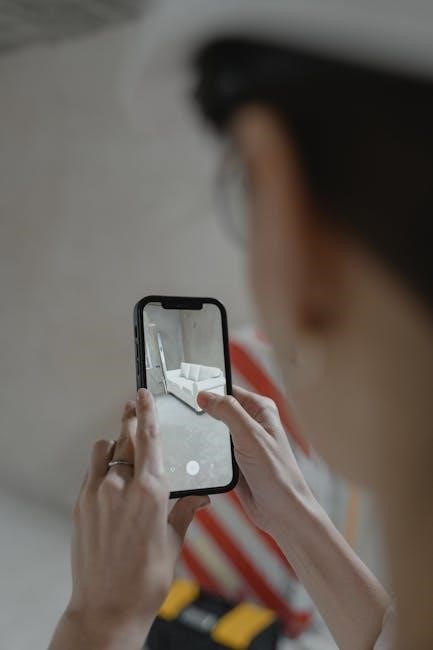
Processing and Verification
The MVA processes the VR-210 form to verify eligibility for disability parking privileges. Processing typically takes a few weeks, with online submissions often expedited. Ensure all sections, especially the physician’s certification, are complete to avoid delays. The MVA reviews the application for accuracy and compliance with state regulations before issuing a placard or license plate. Proper documentation is crucial for timely approval.
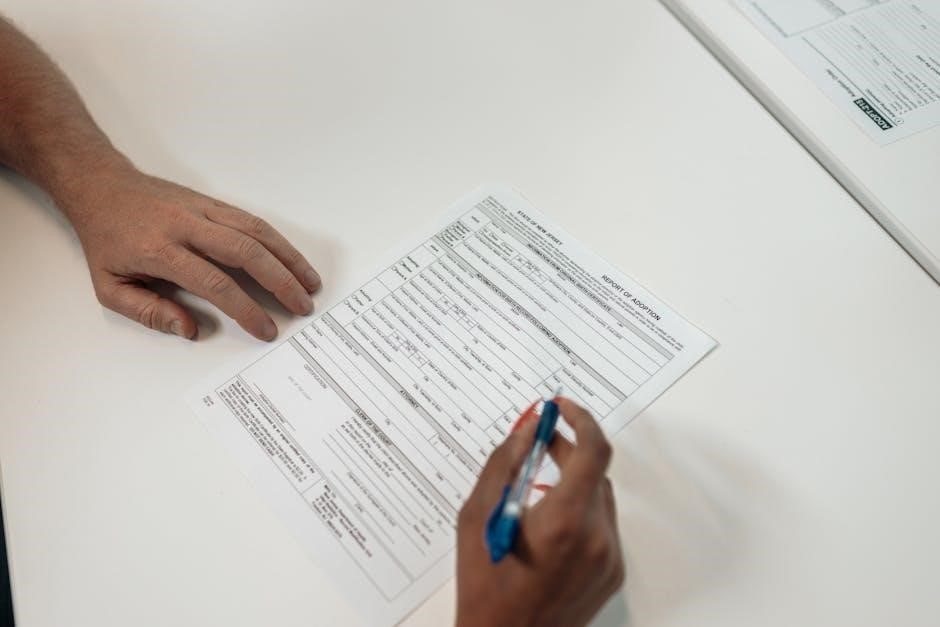
Processing Times for Disability Placards
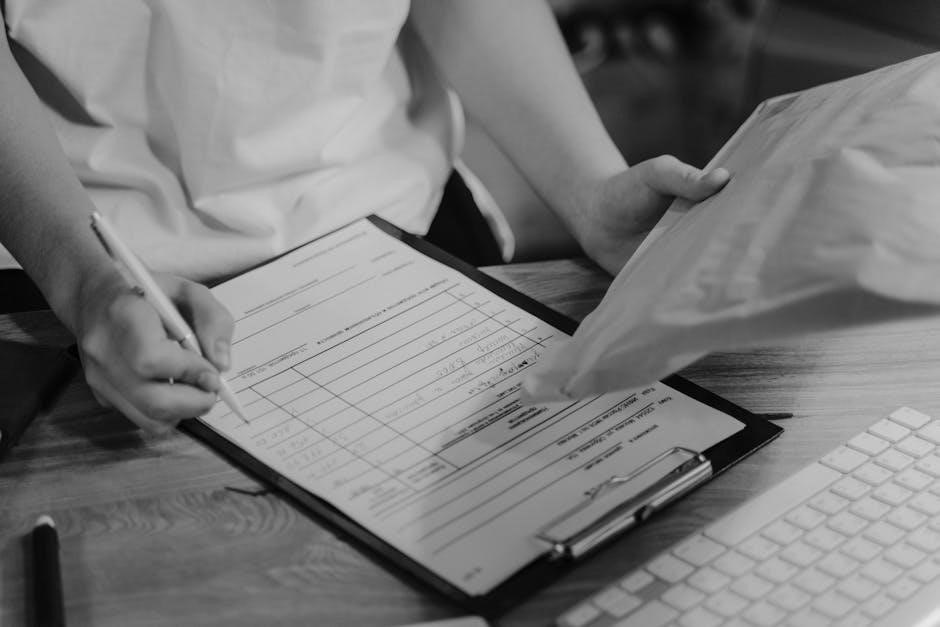
Processing times for disability placards vary based on submission method. Online submissions through the MVA portal are typically the fastest, often processed within a few business days. Mail submissions may take 2-4 weeks due to postal delays and manual processing. Fax submissions are generally quicker than mail but may still require several days for verification. In-person submissions at MVA offices are processed immediately, providing instant approval. The MVA prioritizes complete and accurate applications, so ensure all required fields, including the physician’s certification, are filled out correctly to avoid delays. Applicants can expect their placards to be mailed within 7-10 business days after approval. Plan accordingly to ensure uninterrupted access to disability parking privileges.
Tracking the Status of Your Application
After submitting the VR-210 form, applicants can track the status of their disability placard application through the MVA’s online portal. By logging in to the MVA website, users can access real-time updates on their application’s progress. If online tracking is unavailable, applicants can contact the MVA Disability Unit directly via phone or email for assistance. Ensure to have the application reference number or other identifying details ready when inquiring. The MVA typically processes applications within 7-10 business days, but delays may occur due to incomplete submissions. Regularly checking the portal or contacting the MVA can help applicants stay informed and address any issues promptly to expedite the process.
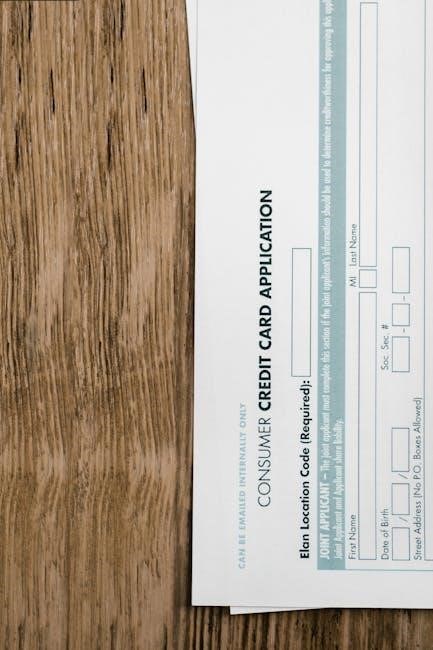
Using the Disability Placard
The disability placard must be properly displayed by hanging it from the rearview mirror when parked in designated spaces. Remove it while driving. It is only valid for the vehicle transporting the individual with the disability. Misuse of the placard is illegal and may result in fines or revocation.
Proper Display and Usage of the Placard
The disability placard must be clearly displayed by hanging it from the rearview mirror whenever the vehicle is parked in a designated disabled parking space. Ensure the placard is fully visible and not obstructed; When driving, the placard should be removed or stored securely to avoid obstruction. The placard is only valid for the vehicle in which the individual with the disability is being transported. Misuse, such as lending the placard to others or using it without the authorized individual present, is illegal and may result in fines or revocation of the placard. Always follow local parking regulations and display the placard correctly to avoid penalties.
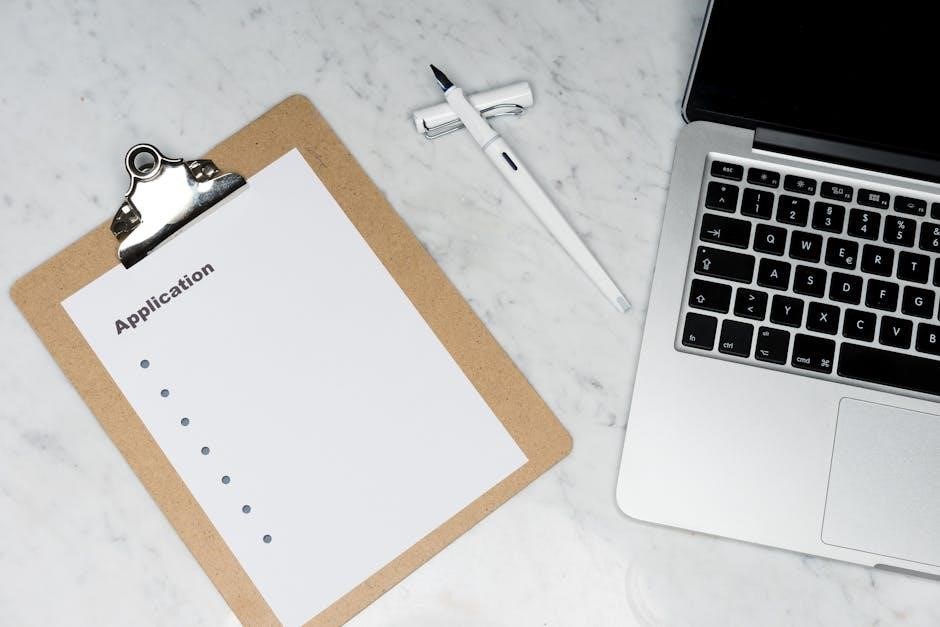
Renewal and Replacement of the Placard
Disability placards must be renewed periodically to remain valid. The renewal process typically requires submitting a new VR-210 form with updated medical certification. If the placard is lost, stolen, or damaged, you can request a replacement by submitting a written request to the MVA, along with the required fee. Ensure the replacement request includes your name, address, and placard number for expedited processing. Renewal applications can often be completed online through the MVA portal, while replacements may require additional documentation. Properly dispose of any expired or damaged placards to avoid misuse. Always verify the expiration date on your placard to maintain uninterrupted parking privileges.

Additional Resources and Assistance
Visit the MVA website for downloadable forms, instructions, and customer support. Contact the Disability Unit via email or phone for assistance with the VR-210 form or related inquiries.
Common Mistakes to Avoid When Applying
Ensure all sections of the VR-210 form are fully completed and signed to avoid delays. Missing medical certification or incomplete personal information can lead to rejection. Double-check the accuracy of details like name, address, and disability classification. Submitting unsigned forms or failing to include required documents, such as medical proof, can result in processing issues. Avoid sending the form to incorrect addresses or using unapproved submission methods. Keep a copy of the completed application for your records and track its status regularly. Following these steps helps prevent common errors and ensures smoother processing of your disability placard request.
